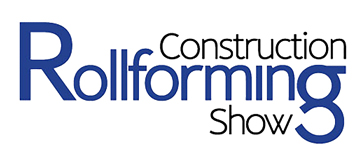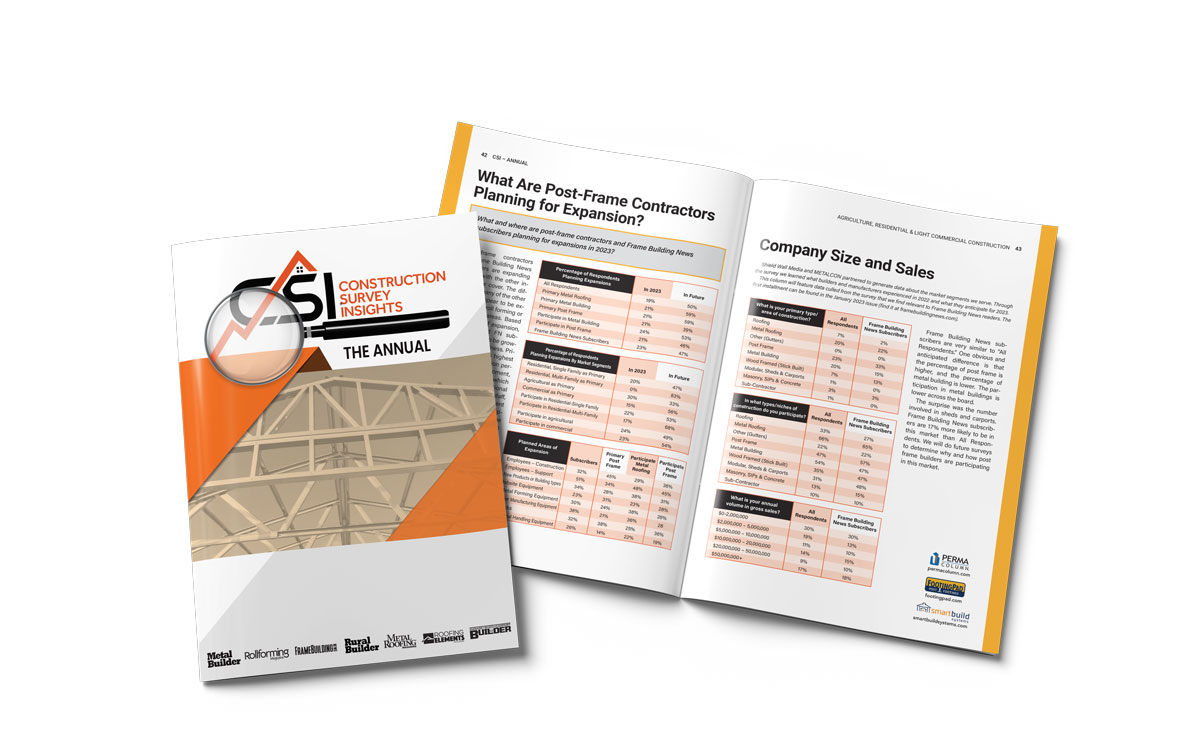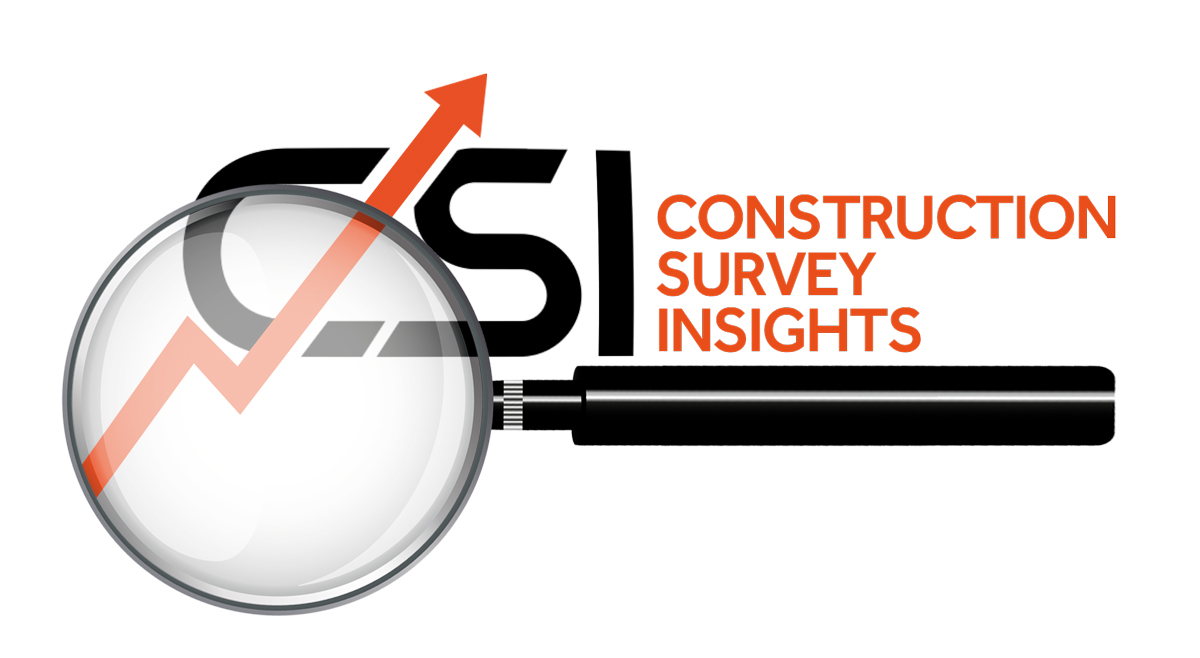By Dolly Penland, Business Results
The most successful organizations ensure they have the right people in each role being managed in the best possible way. Knowledge, skills and experience are not enough to ensure success. Too many companies try to rely solely on an application or a resume as a way to gauge candidate success. Or they go the “trial by fire” route, hiring someone, throwing them in and letting the candidate sink or swim. But every single person learns in different ways, and they are communicated with uniquely and need to be managed to their individual strengths. If you want to have successful business outcomes, you have to understand people. Behavioral and cognitive data are required to understand each person you are considering hiring and each of your current employees to make sure you don’t lose top talent. Dolly Penland, CEO of Business Results, recently shared some tips to best attract, hire and keep top talent for attendees of the Construction Rollforming Show 2022 in New Orleans. Here’s some key takeaways.
Craft job descriptions that attract the right candidates. You wouldn’t build a house without blue prints, but many organizations try to build a talent strategy without a people plan that directly relates to their business plan. Before you try to hire, an important step is to objectively analyze each role in your organization to understand the behavioral and cognitive abilities and competencies required for each position before you put up a help wanted sign or a job posting on a hiring platform. You know what skills applicants need, what degrees or certifications candidates should have, and any experience that would be beneficial. This allows you to have an objective job model to compare each person.
By having a model of your ideal behavioral qualities and cognitive abilities, you can then add language to the job descriptions that attracts candidates who better match the specific position. For example, if you’re needing candidates for a Roofing Technician role, you might say, “Our company values workers who can produce high quality work, consistently following our structured training program.”
But for a Superintendent, the job might require someone who is, “An independent problem-solver, who will persuasively and diplomatically ensure foremen are fostering safe job sites, while also positively representing the company directly with clients.”
Objectively identify the right candidates to avoid costly interviews and bad hires.
Your hiring managers can save time by assessing candidates as they relate to the ideal behavioral and cognitive requirements of the job as soon as they apply, to determine how each person is fitted for the position before you invite them for an interview. Using scientifically-validated assessments takes the guesswork out of the hiring equation, and more importantly helps your managers and leaders prepare so they ask smart questions during the interview process. This preparation ensures you are getting a true understanding of a candidate, while also ensuring the candidate has an excellent interviewing experience.
Every person is unique, so being prepared with quality questions regarding motivations, learning styles, and competencies are critical for someone to be successful in the role. For example, achievement orientation, cooperation, and compliance might be required competencies for the Roofing Technician role, but organization, communication, and proactivity for the Superintendent role. Every job in your company will have different attributes required to move the organization forward toward your business objectives. People aren’t let go because they didn’t have the skills needed for the position. It’s these invisible qualities that we have to assess and interview for before hiring. Don’t forget to ask questions crafted to ensure the candidates understand and will embrace your organization’s culture.
Better manage the team you have.
It’s not enough to just use behavioral and cognitive data to make a better hiring decision. The same data used to understand each candidate can be used post-hire for ongoing communication, team building, performance management, succession planning, and engagement. After all, people don’t quit jobs, they fire their boss. You should investigate whether any assessment system has comprehensive post-hire strategies for effective management and training for managers that guide them to coach, motivate and communicate with each individual on their teams.
The same management style doesn’t work for everyone; however, most managers try to use a “one size fits all” approach to their direct reports. Why? Most managers haven’t been formally trained in using data to tailor their communication, direction, or learning instructions to each person on their team. Most managers are promoted to a leadership role before they receive any communication, leadership, or coaching training. But they are given responsibility over other people without guidance.
Don’t forget the importance of talent development training and initiatives to help people continue to grow in their career and contribute to your organization’s success.
If you want your people to perform at their best ability every day, it’s important to be able to understand how to help each person thrive at work. Any company can use people data from pre-hire to retire to help their people be successful so that they can help the company be successful. RF
Dolly Penland, President & CEO of Business Results, a PI® Premiere Certified Partner and Master Training Center, Talent Optimization consultancy, and a CATIL® Elite Certified Partner, works with organizations helping them to hire and manage their talent to their highest potential. She specializes in multiple areas including helping businesses grow sales, reduce turnover and develop leaders.


















